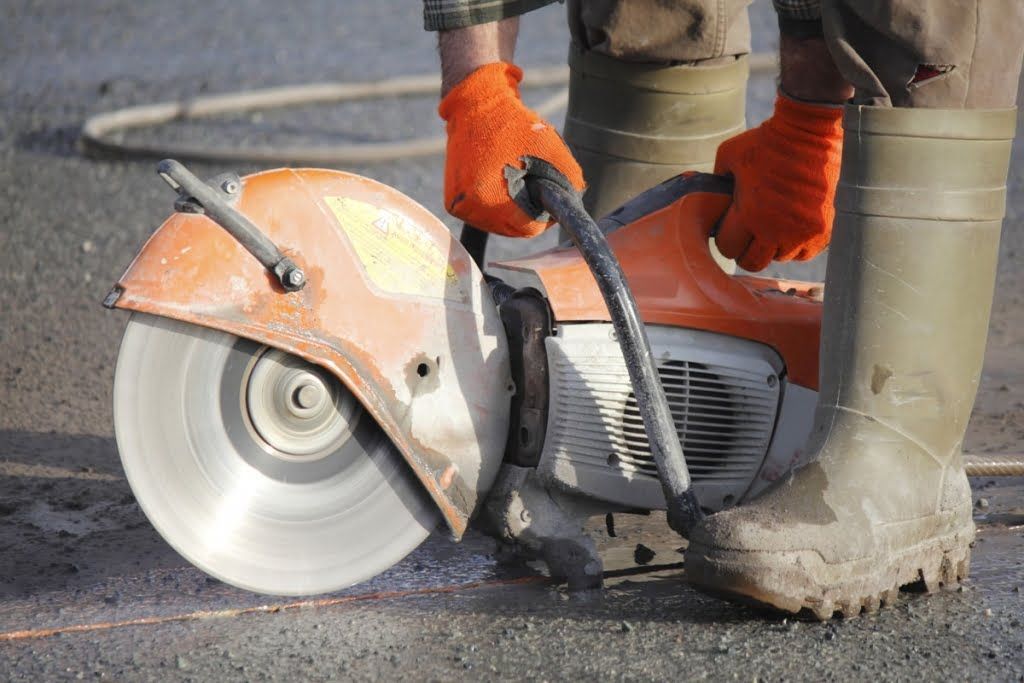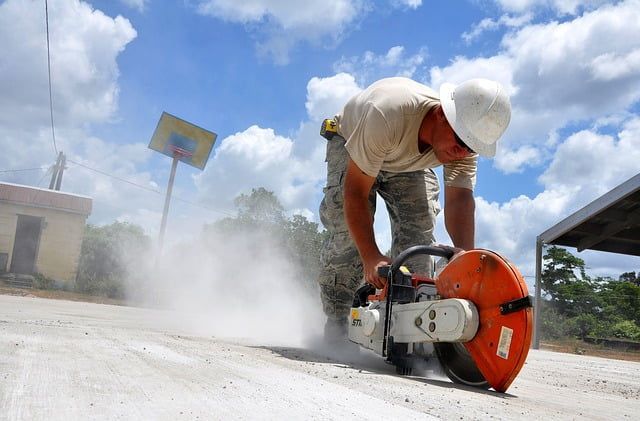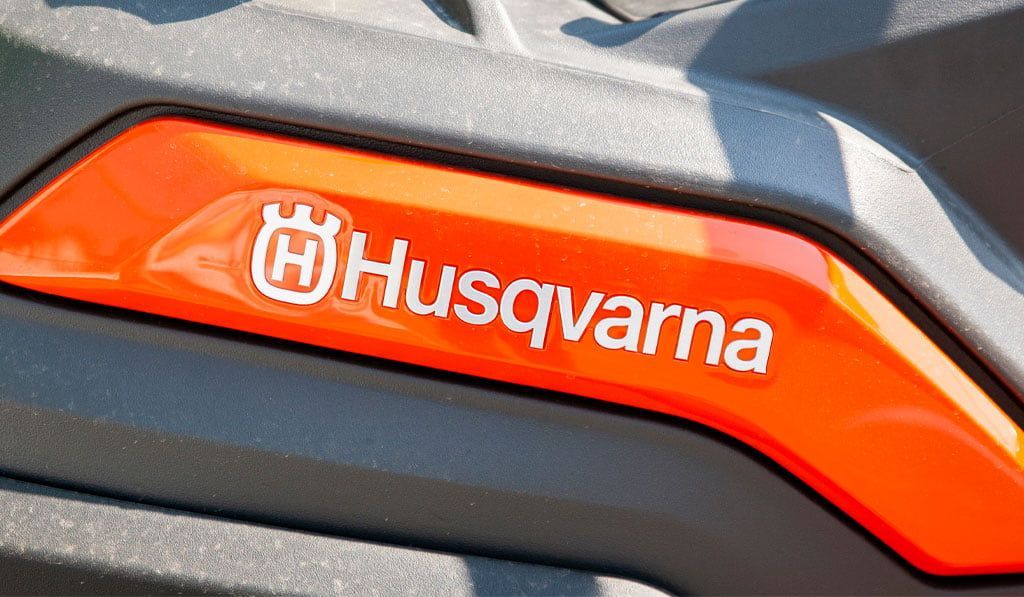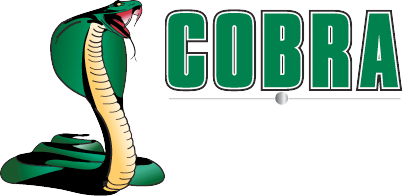Different Types of Concrete Slabs
Share this article:
Modern civilization would look considerably different if concrete technology had not enjoyed continuous improvements over the millennia. Today, concrete and steel skyscrapers grasp at clouds.
Super highways facilitate trillions of pounds of freight from corner to corner of the country and everywhere in between thanks to modern concrete. However, not all concrete has the same composition. What works beautifully for a slab foundation under a home would fail miserably as a support column in a shopping mall. Alternatively, architects prefer to use less expensive materials when the pricey stuff would be extreme overkill for the intended use. So, what are the classic types of concrete, and how are they used?
High-Strength
By lowering the water content and adding silica fume (a by-product of silicon manufacturing), regular concrete becomes extremely strong. Composed primarily of silicon dioxide, these tiny silica fume particles react well in concrete mixes to create an extremely tough and durable product by forming a stronger bond between the cement and the aggregate.
High-strength concrete can take heavy vertical loads. Therefore, it is often used in columns, high-rises, bridges, dams and industrial buildings.
Ultra High-Performance

Superplasticizers (water reducing compounds) and natural fibers added to high-strength concrete lend better workability to a concrete pour. A great side benefit from these admixtures comes in the form of superior strength. Ultra-high performance concrete has both extraordinary compressive strength for vertical loads and tensile strength for horizontal loads.
Because this type of concrete offers a very long life cycle, even in the most extreme environments, it serves well in bridges, dams, roads, high-rises and marine structures such as harbors and surf breaks.
Normal
Manufactured with the usual Portland cement and gravel/sand aggregates, normal concrete performs well in applications that do not include a great deal of height or extreme loads. It’s compressive strength makes for good slab foundations, driveways, walkways, landscaping walls and low structural walls. Lacking the tensile strength, though, slabs must be solidly supported underneath to enjoy length of days.
Pervious
Pervious concrete has large voids in the aggregate that permit water to flow through. It has an appearance rather like caramel corn. The aggregate has enough cement to bind it, but not so much as to render the concrete impervious to liquids. It is very lightweight and must be supported with rebar.
Pervious concrete is popular for driveways and parking lots. Because it allows the water to drain through rather than flow to gutters and storm sewers, pervious concrete serves well in communities wishing to reduce their stormwater infrastructure expenditures. Additionally, by letting the water drain directly into the ground, the local aquifers under urban areas can remain charged.
These are the main types of concrete in popular use today. Other, more specialized concrete, decorative lightweight mixtures, such as stucco and mortar, and air entrained concrete fill in for much of the rest.
Concrete Cutting with Cobra
Cobra Concrete works with every type of concrete when a project calls for sawing, cutting, drilling, or demolition of cured concrete. We can even peer into your concrete to see what lies hidden within or under your building using GPR. With the perfect tools available for every job, Cobra Concrete is here to partner with you on your unique project. Contact us today to speak to one of our expert representatives.
Check us out on:



